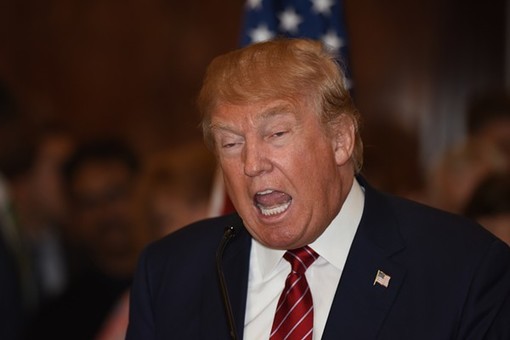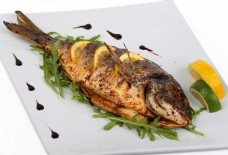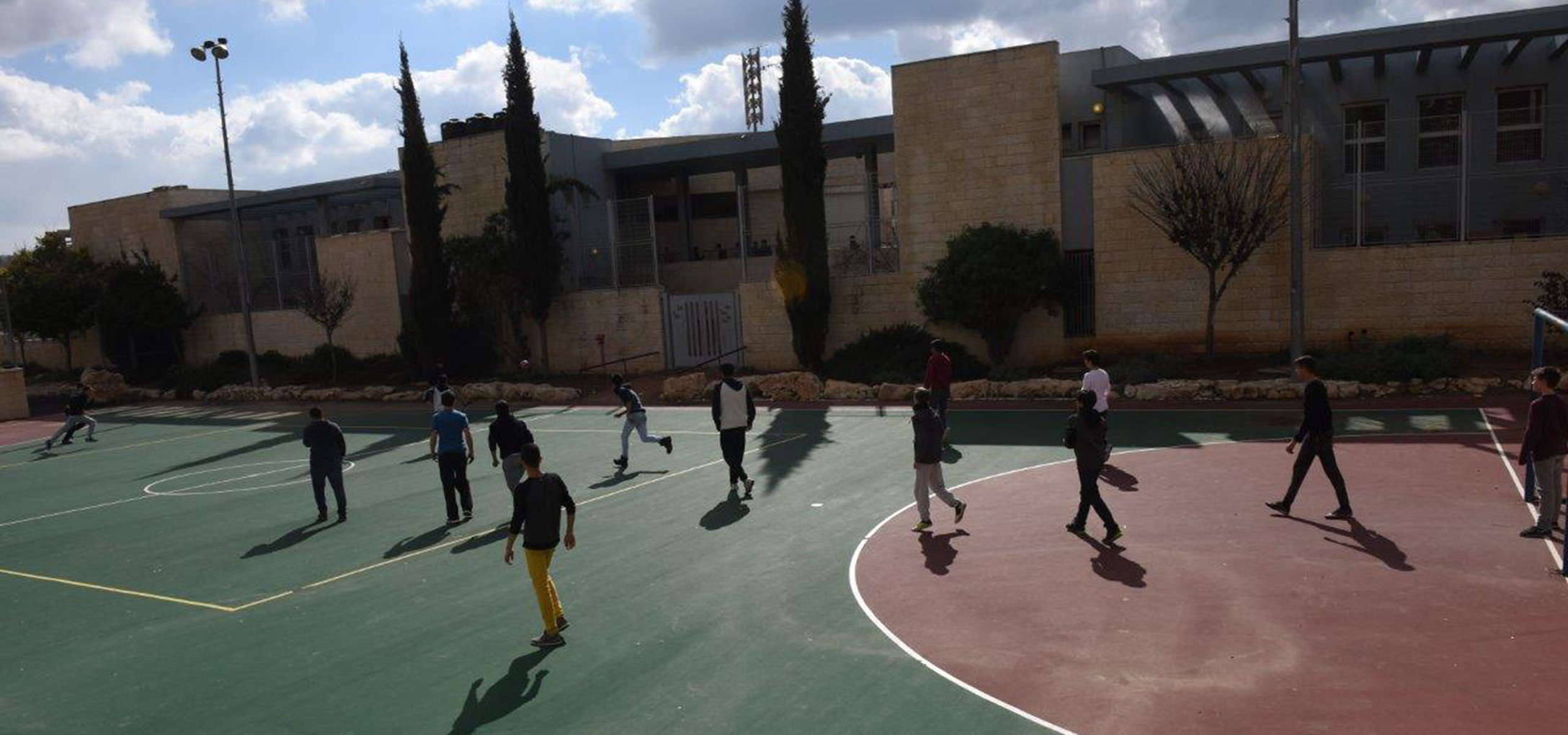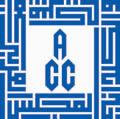
By Jack Lessenberry
Metro Times
For nearly a year now, the media has been fascinated by Donald Trump’s every utterance, the more sexual and outrageous the better. Did he really talk about his schlong?
Did he really say “blood coming out of her whatever?” Did he really say John McCain wasn’t much of a war hero because he was captured? Well, yes, yes, and yes.
Will he really be the GOP nominee for president? Absolutely, comrades. When it comes to a Trump presidency, there is a hell of a lot to be concerned about.
But one of the biggest and so far too-overlooked ones is what the Trump campaign is doing to our nation’s children. Richard Cole is one of the grand wise men of this state: a fixer who was Gov. Jim Blanchard’s chief of staff, worked with Mike Duggan at the Detroit Medical Center, and was a senior executive at Blue Cross Blue Shield.
Not to speak of a host of other jobs, including stints as a professor at Michigan State and Ferris. Cole directed me last week toward a stunning new study by Morris Dees’ Southern Poverty Law Center, which has been crusading against hate and racism for many years. They surveyed schoolchildren — and found those from immigrant or minority backgrounds are terrified about what President Trump might do to them.
That’s not surprising, given that attacks on immigrants and promises to deport at least 11 million undocumented residents have been a hallmark of Trump’s campaign. The SPLC study looked hard at this.
The results were shocking: More than two-thirds of educators reported that young people in their schools — most often immigrants, children of immigrants, Muslims, African-Americans, and other students of color — had expressed concern about what might happen to their families after the election.
The study found that these kids, not surprisingly, are scared, stressed, and in need of reassurance and support from teachers. Muslim children are harassed and worried.
Even African-American children, whose families arrived here (as slaves) in some cases before the American Revolution, ask about being sent back to Africa.
Cole, who as a professor has written widely about the problems of child abuse, told me that “Childhood trauma comes in many forms, and the Southern Poverty Law Center national survey of teachers has documented a new form of child abuse in the form of political hate speech.
“Children across America, particularly minority children, are being traumatized by the mean-spirited political rhetoric Donald Trump has used to gin up his angry base.”
Worse, teachers often feel powerless to help, he told me, since many of them “seem fearful that their attempts to buffer the impact of this rhetoric on the children in their care will be seen as the kind of overt political statements that could jeopardize their careers.”
I rushed off to read the study, and found he was exactly right. This may be a real threat in Michigan especially, where we have higher-than-average populations of Muslim and African-American children.
Last week, I talked to my colleague Alicia Nails, an attorney and a journalist who runs our highly successful Journalism Institute for Media Diversity at Wayne State.
JIM, as we call it, has had the goal for more than 30 years of making America’s newsrooms look more like America. While some of our students are white young people with an interest in diversity, most are black, Muslim, Hispanic, or high-achieving members of other minority groups.
Nails told me her students are more cynical than scared, at this point, though they do talk about moving to Canada if Trump were to win. But it’s a different story for younger kids.
She went last month to talk at a career day at Clippert Academy Middle School in Southwest Detroit.
“The students in the six rooms I visited were 95 percent Latino — some not yet speaking English — with a few black, white, Arab, and Asian students among them,” she told me.
“The Latino students in one class absolutely brought up the issue. Trump IS on their minds as a crazy wild man with crazy wild ideas about excluding some Americans.”
How could they not have him on their minds?
The Southern Poverty Law Center found that this was definitely getting in the way of kids learning. A Tennessee kindergarten teacher said she has a student who constantly asks if the wall has been built yet. “Imagine the fear in my students’ eyes when they look to me for the truth,” she said.
They found Muslim kids who fear they would have microchips implanted under their skin, and bullies who taunted classmates of color that they would soon be deported.
Worse, some teachers have decided to avoid talking about the election entirely, either out of distaste, uncertainly about what to say, or fear for their own jobs.
Others vow to do the right thing, vowing, as one Indiana high school teacher did, “to take a stand even if it costs me my position.” Cole, who has four daughters of his own, hopes “American teachers don’t allow fear of retaliation to (have them avoid) the important role they can play in comforting our African-American, Latino, and Muslim kids who are feeling the toxic stress caused by the hate speech dominating so much of the nasty reality show playing out on the campaign stage.”
Studies have shown the effects of trauma like that can last a lifetime. Comparisons of any politician to Hitler ought to be avoided if at all possible.
Trump is certainly not a Nazi (he actually is rather more the swaggering Benito Mussolini) and is not anti-Semitic. But I can’t help wondering if he has left America’s minorities feeling a little like Jewish kids in Germany felt in 1932.
Hillary and Bernie wars
With the Republican smashmouth nominating campaign over, the ravenous cable news vultures have fastened on the remaining contest between Hillary Clinton and Bernie Sanders.
They want a headline every minute — and have been seeking to inflate the Bernie-Hillary battle into a war of toxic nastiness that is destined to rip the Democrats apart.
Don’t bet on it. If you are too young to remember, there was much snippiness and nastiness between Hillary and Barack Obama at this point eight years ago, when it was becoming increasingly clear that he had the nomination won, despite her string of primary wins late in the contest. Many of her supporters vowed never to support him, no matter what.
In the end, they virtually all did. And that was when the alternative was John McCain, not a swaggering slob who seemed sneeringly proud he knew little about government.
Hard Choices, Clinton’s 2014 memoir of her years as Obama’s secretary of state, begins with her historic meeting with Obama when it was clear he’d won the nomination. Issues and bitterness there were — but according to Clinton, both agreed not to blame the other for the excesses of their followers.
That will happen again. This time, assuming Bernie doesn’t pull off a miracle, Hillary Clinton will be the nominee.
She should be; she will end up with more votes. Does anyone really believe that anyone sane who supports Bernie Sanders could switch to the vulgar xenophobe discussed above?
Nor should any of them think staying home, or wasting a vote on a third-party candidate is a morally legitimate choice.
Trump has to be stopped.
And nobody should be allowed to forget it.
Source: www.metrotimes.com







